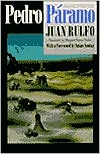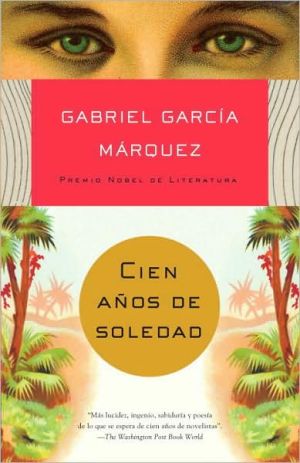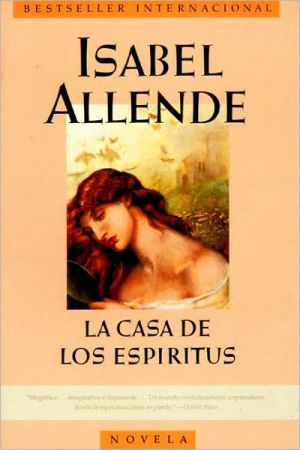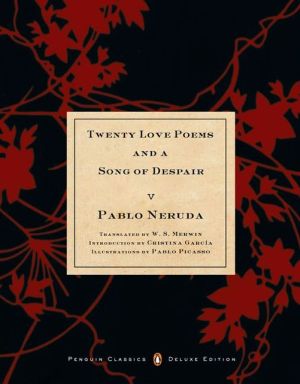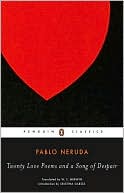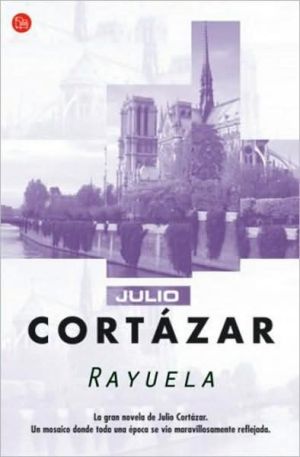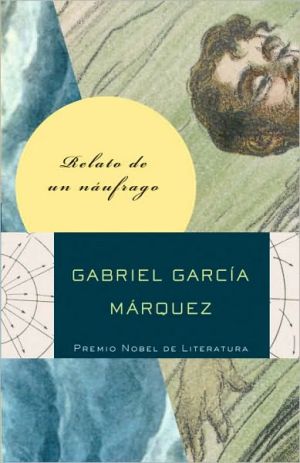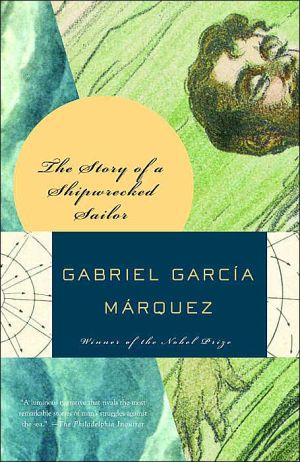Pedro Páramo
"Deserted villages of rural Mexico, where images and memories of the past linger like unquiet ghosts, haunted the imaginations of two artists - writer Juan Rulfo and photographer Josephine Sacabo. In one such village of the mind, Comala, Rulfo set his classic novel Pedro Paramo, a dream-like tale that intertwines a man's quest to find his lost father and reclaim his patrimony with the father's obsessive love for a woman who will not be possessed - Susana San Juan. Recognizing that "Rulfo was...
Search in google:
Deserted villages of rural Mexico, where images and memories of the past linger like unquiet ghosts, haunted the imaginations of two artists—writer Juan Rulfo and photographer Josephine Sacabo. In one such village of the mind, Comala, Rulfo set his classic novel Pedro Páramo, a dream-like tale that intertwines a man's quest to find his lost father and reclaim his patrimony with the father's obsessive love for a woman who will not be possessed—Susana San Juan. Recognizing that "Rulfo was describing a world I already knew" and feeling "a very personal response, particularly to Susana San Juan and her dilemma," Josephine Sacabo used Rulfo's novel as the starting point for a series of evocative photographs she calls "The Unreachable World of Susana San Juan: Homage to Juan Rulfo."This volume brings together Rulfo's novel and Sacabo's photographs to offer a dual artistic vision of the same unforgettable story. Margaret Sayers Peden's superb translation renders the novel as poetic and mysterious in English as it is in Spanish. Josephine Sacabo's photographs tell, in her words, "the story of a woman forced to take refuge in madness as a means of protecting her inner world from the ravages of the forces around her: a cruel and tyrannical patriarchy, a church that offers no redemption, the senseless violence of revolution, death itself."Publishers WeeklyFirst published in Mexico in 1955, Rulfo's ( The Burning Plain and Other Stories ) only novelpk is a modern classic. The opening of this brief yet complex work is deceptively simple: Juan Preciado has promised his dying mother that he will visit Comala, her hometown, and search for his father, Pedro Paramo. His mother's words lead Juan to expect a ``beautiful view of a green plain,'' but instead he finds a ghost town and learns that Pedro is already dead. Commingling past and present, obliterating the boundary between life and death (spirits walk the earth and corpses converse in their graves), the story depicts this small town ``at the very mouth of hell'' and Pedro, a man whom one local resident describes as ``living bile.'' An autocratic and amoral patron, Pedro resorted to deception, thievery and murder to get what he wanted. Yet the thing he wanted most--the love of Susana San Juan--remained forever out of reach as Susana, desolated by the loss of her first husband, retreated into madness and then into death. Peden's lucid translation does justice to a tale that is firmly rooted in its own culture yet so fundamentally human in its focus that it speaks across cultural borders. (Sept.)
Introduction. The Ghosts of Comala: Haunted Meaning in Pedro Páramo Danny J. Anderson Sacabo and Rulfo Elena Poniatowska Translated by Connie Todd Pedro Páramo Juan Rulfo: A Biographical Note
\ Publishers Weekly\ - Publisher's Weekly\ First published in Mexico in 1955, Rulfo's ( The Burning Plain and Other Stories ) only novelpk is a modern classic. The opening of this brief yet complex work is deceptively simple: Juan Preciado has promised his dying mother that he will visit Comala, her hometown, and search for his father, Pedro Paramo. His mother's words lead Juan to expect a ``beautiful view of a green plain,'' but instead he finds a ghost town and learns that Pedro is already dead. Commingling past and present, obliterating the boundary between life and death (spirits walk the earth and corpses converse in their graves), the story depicts this small town ``at the very mouth of hell'' and Pedro, a man whom one local resident describes as ``living bile.'' An autocratic and amoral patron, Pedro resorted to deception, thievery and murder to get what he wanted. Yet the thing he wanted most--the love of Susana San Juan--remained forever out of reach as Susana, desolated by the loss of her first husband, retreated into madness and then into death. Peden's lucid translation does justice to a tale that is firmly rooted in its own culture yet so fundamentally human in its focus that it speaks across cultural borders. (Sept.)\ \ \ \ \ Selden Rodman"Among contemporary writers in Mexico today, Juan Rulfo is expected to rank among the immortals." -- The New York Times Book Review\ \ \ Washington Post"A strange, brooding novel... Great immediacy, power, and beauty."\ \ \ \ \ Buenos Aires HeraldOctavio Paz has said that Juan Rulfo 'is the only Mexican novelist who has given us an image—instead of just a description—of our landscape.' By the same token we could say that Josephine Sacabo is the only photographer who has given us an image of that most elusive of landscapes conceived by Juan Rulfo—Comala.\ \
